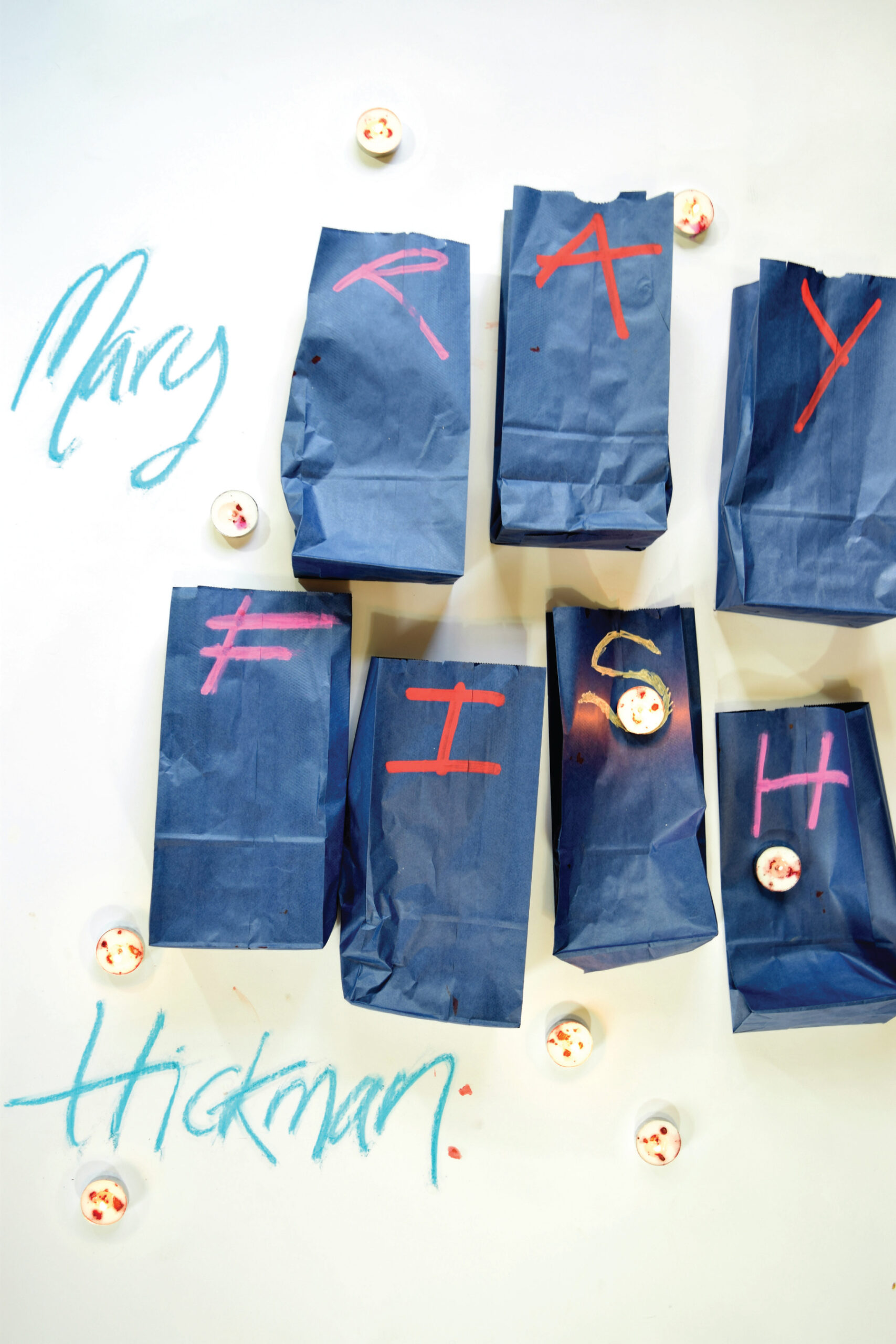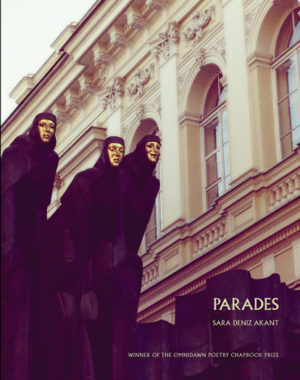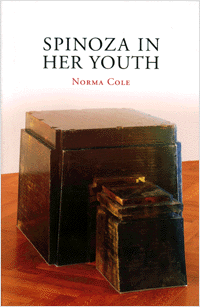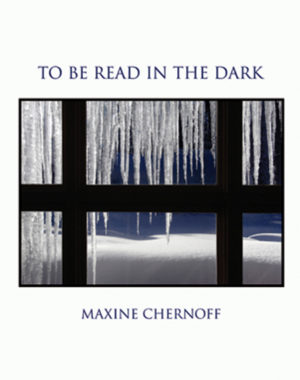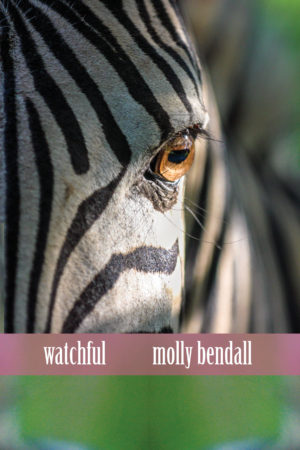Description
Mary Hickman’s James Laughlin Award-winning second book, Rayfish, masterfully adopts and synthesizes the genre conventions of lyric poetry, nonfiction, and criticism, and extends the possibilities of each. Drawing on her childhood in China and Taiwan and her experience as an assistant in open-heart surgery, Rayfish combines the urgency and vulnerability of the lyric with meditative autobiographical accounting and the voices of numerous artists (Francis Bacon, Eva Hesse, Chaim Soutine, Ida Applebroog) to produce an uncanny chorus of voices. For Hickman, the work of art is a site of struggle and encounter, one that demands that the poet confront her particular past and consider its relationship to the collective and the future. Haunted by the implications of making, these poems question how human beings can, with their limited resources (hand, material, vision, will), “fight against the monsters…against neuroticism and fear.” Rayfish is a valuable addition to the literature of art and a welcome swerve in contemporary poetry, bringing the thinking of the collective into even greater alignment with the intimacy of the lyric, and seeking a global space of communication and contact in a world increasingly at risk.
Winner of the 2016 James Laughlin Award from the Academy of American Poets
?With lyric momentum swift as the eponymous rayfish whose swimming is a variety of flight, Hickman’s powerful and personal collection of ekphrastic prose poems explores the thrilling art of self-invention, engaging not only the endless involutions of representation, but also the spiritual implications of making art. Throughout, Hickman’s attention to materiality in artworks whose shimmering obsolescence is part of the viewing, part of the making, reckons with the disorienting emotional flickerings of absence and presence that question what the difference between ephemera and objects of value might be in this tragic world.
Robyn Schiff, author of A Woman of Property
In Mary Hickman’s Rayfish, the body is both indescribable and described, both inescapable and mortal: “Soutine attempts to keep the color of his first carcasses fresh with buckets of blood,” but also “Anna is high in the air, higher than most men can leap. Her right knee folds beneath her even as her left thigh, ankle, and toes extend, pressed behind into darkness.” In these poems—essays? but if they are essays, they’re the most musical, and most poetically focused, essays I’ve ever read—the body is the source of the world in which the body suffers. And in this way, Rayfish ultimately tells a necessary story of America right now, an America attempting to overcome its hatred of the many different bodies of which it is made.
Shane McCrae, author of In the Language of My Captor
As a painter, I am utterly grateful for this book. To read these deceptively intimate texts is to learn how materials mean: a skin exchange with death, under fluorescent lights, in sterile conditions. In this encounter, touch heals and fouls; to look is to violate. We art-makers need language for process, for self-critique, for the thrilling backbend that is still at stake in the postmortem of Formalism or Process-Based art or Institutional Critique. What are we doing in our studios? Hickman folds multiple voices, of critic, maker, and maybe the ancient Greek chorus, into the bulky warm shame of morphing: fish/human/insect/image. Her refusal to mystify, and her profound intelligence, are reasons to praise, to sing praise, to shout praise.
Molly Zuckerman-Hartung, painter. Her work is included in the collections of The Walker Art Center and the Museum of Contemporary Art Chicago, as well as the 2014 Whitney Biennial
About the Author
Reviews
Excerpt
Mary Hickman was born in Idaho and grew up in China and Taiwan. She holds an MFA from the Iowa Writers’ Workshop, where she was an Iowa Arts Fellow. Hickman is the author of Rayfish (Omnidawn Publishing, 2017) and This Is the Homeland (Ahsahta Press, 2015). She teaches creative writing at Nebraska Wesleyan University and in the University of Iowa International Writing Program’s Between the Lines exchange program.
Rayfish . . . adopts and synthesizes the genre conventions of lyric poetry, nonfiction, and criticism, and extends the possibilities of each. Hickman’s prose poems weave art and the body into the viscera of experience.
Hickman (This Is the Homeland) fluidly melds poetry and prose in a collection crafted with an essayist’s narrative certainty and a poet’s dreamlike images and nonlinear sense of time. Though many of the James Laughlin Award–winning collection’s poems find their starting points in art, they go beyond the ekphrastic, blending together the writer’s response to a given work as well as biographical details and interviews about the piece and its artist.
“Throughout the book the speaker reveals that she has worked as an assistant in surgery and goes on to detail the difficulties of that job: ‘Awake, I really did drop many valuable things. One of the things given to me to hold was the heart itself.'”
Mary Hickman’s “Rayfish” captures the elusive spirit of artistic transgression at the heart of postmodern aesthetics. As Hickman’s poems transform the chaotic impulses of lived experience into the holistic energy of language and art, they unveil the ghostly essence of modern existence. These are poems that liberate and challenge those who would grasp the hidden truths often embedded in the obvious.
When images, which take their strength literally from the moment between life and death, strive to become metaphors, a general resistance against metaphoricity develops. It is too real for the mind to wander off in another direction. To measure the endurance of her own images, Hickman often sets out to compose her poems with the kind of sobriety that a surgeon has to maintain during an operation. Her images strive to ‘retain that shiver or shimmer between life and lifelessness,’ as the poet once said of Chaïm Soutine’s paintings.
…Weaving biography, history, film, medical concerns, visual art and other elements, the weave of her prose poems provide a series of intimate spaces on biology, biography, self-invention and how the creation of any kind of art can’t help but change the artist.
“Sometimes the body is damaged. Sometimes the body is dead. Sometimes the surgery is an autopsy, where the flesh is cut open to preserve some living part rather than to fix something that’s not yet broken. On an autopsy table, the body becomes meat — but the body was already meat on the operating table, mid-tummy tuck.”
“Each poem in Mary Hickman’s James Laughlin Award winning collection, Rayfish, is like a portrait where the subject’s gaze is snared by some shadow just beyond the canvas that is most likely––death, the subject’s eyes blaze with light both internal and external.”
Helen
Helen is of course that Helen of Sparta. Helen of Troy. Helena hated of Greece. In a dream or trance she left Troy. She finds herself in Egypt. You must be patient, remembering. You can choose where. We are going to see whatever we haven’t seen and maybe that means traveling down instead of across. Some say Taiwan gets better surf than China’s southern beaches because it is out in the Pacific Ocean and exposed to larger swells. We camped at Bai Xia Wan. Soon Helen’s skin peeled off in one snaking tube, leaving behind pink stinging surface. I lived in the south and there were always rich oil kids around. One of the great things about Taiwan, something not really true of China, is that there are a lot of small beaches where you can surf on your own. You have to watch the weather. Once, at Bai Xia, I tried to save a surfer who was drowning. I tried desperately to save him for almost twenty minutes but he didn’t make it. Paradise, that idea of being together, of fusion or whatever it might look like. Here there is peace. For Helena. Helena hated of all Greeks. For Helen, the ocean is a way to talk about raw force. Of course, the deep sea is unknown. “More people have traveled into space than have gone down to those abyssal depths,” she says. This work is work I made as we tread. While out on the coast, I kept cutting into the work, drawing over it. After living overseas for more than a decade, I had been altered in the way I had to be altered in order to enter a new lexicon, to become at once a “one” and “not one” of local culture. Whatever happened to me, I never felt out of place, like I shouldn’t be here, in this vertigo of inducing. A female traveler is a jewel-encrusted fan: Helen. She’s standing on the beach but the beach has turned to scrub brush or the tide is just out and silver is beneath the water. She sheds a silver snakeskin, broken speech. We see life and call it beauty. It is magnificent, wonderful. And remembering this scene, I see fever in her face. The sheen is so plasticine it recalls salt-eaters, salmon en croute, inky saturation, smudges, staining. It retells our whole history, a record of perforations, la parlourde, la morue, coquille St. Jacque, le filet de plie?, and each notation we put in place so that we remember. Who are we? Who directs us? And after traveling so long together? Yes, it’s this voluminous nothing that at the time is very real but later, trying to hold it still for a moment, it’s then that we have reached for, or that we are straining toward, some first sight of home.

